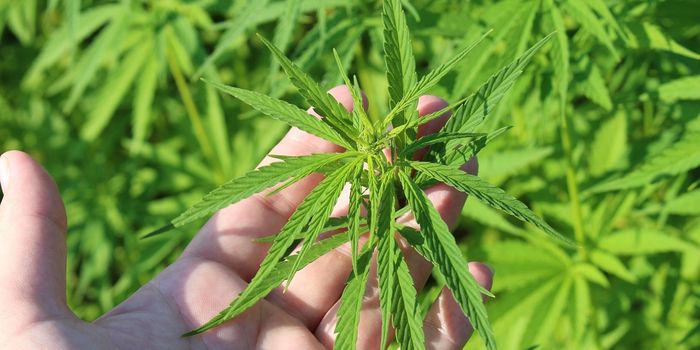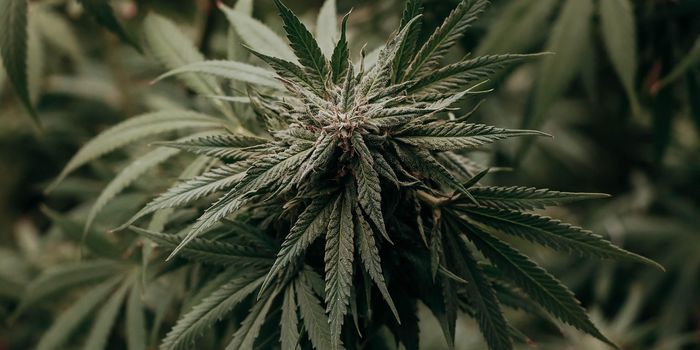Overhauling the Endocannabinoid System with High-fat, High-sugar Diet
If both the endocannabinoid system and the intestinal microbiome are affected by dietary consumption habits, wouldn’t it be reasonable to suggest that these two systems interact in their response to food consumption?
Researchers from a new study are interested in developing new therapeutic approaches for treating metabolic diseases, focusing on the small intestine. The potential role of the endocannabinoid system (ECS) in intestinal function may support such endeavors, and the new study involved confirming such a relationship.
Weight gain and diet changes impact the intestinal ECS similarly to the way these factors disrupt the dynamic of the intestinal microbiome. The ECS is made up of cannabinoid receptors and endocannabinoids that interact with each other and other parts of the body to influence a diverse array of physiological functions, including metabolism and regulation of homeostasis.
The intestinal microbiome and the ECS appear to respond to dietary changes independently, but data also show that changes in the ECS are correlated with changes in the intestinal microbiome. "And if we modulate the gut microbiota, like by using probiotics, we see that the endocannabinoid system is also altered,” explained scientist Alain Veilleux. “They have a kind of bi-directional relationship.”
Veilleux and other scientists involved in the study set out to elucidate the relationship between the intestinal microbiome, the ECS, and dietary changes. Does one system respond first to a high-fat, high-sugar diet? Or do both respond independently?
The study focused on the ECS and the intestinal microbiome in the small intestine and cecum. Researchers fed mice a diet high in both sugar and fat for two months, looking for observable interactions between specific bacteria and the ECS. Researchers saw such interactions soon after the mice began their experimental diet. Scientists observed similar profiles shared between the ECS and intestinal microbiome at both three days and 60 days. Specifically, they observed reduced populations of Barnesiella, Defluviitalea, and Eubacterium correlated with increased levels of certain ECS activity.
Connecting specific bacterial population change with ECS activity is the first step toward elucidating a clear relationship between the ECS and the intestinal microbiome.
Sources: American Society for Microbiology, mSystems








